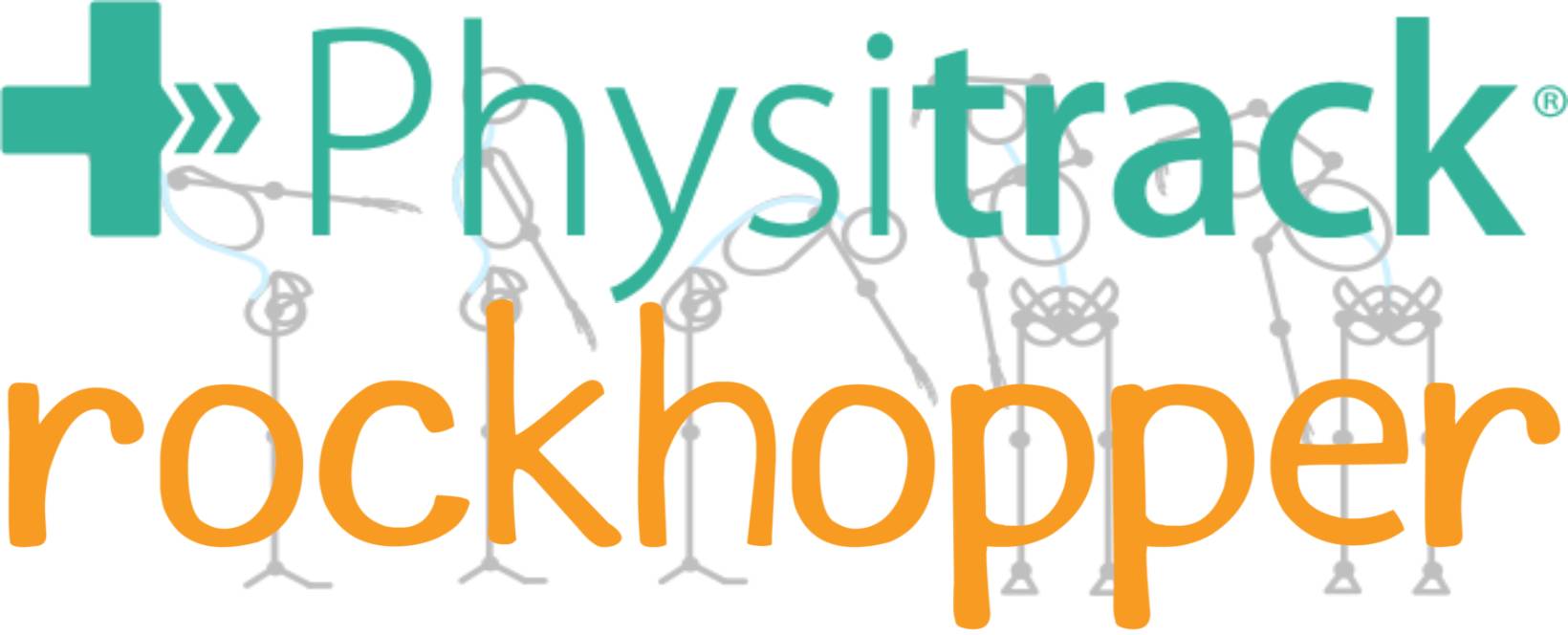August is Tradies National Health Month!
By Alayne Hamilton
The term ‘Tradies’ refers to technicians and trades workers, labourers, machinery operators and machinery drivers.
We can’t go through this month without first addressing a stereotype;
TRADIE (ˈtreɪdɪ) noun: The pie eating, iced coffee drinking trades worker who never exercises, gets up early and stays up late and drinks too much beer. The tradie breezes through their 20’s then as time goes on suffers from all those aches and pains that used to just “go away on their own in a couple of days’’.
Fortunately; 2019 data from the APA shows that 70% of today’s tradies’ report that they are trying to eat a healthy diet and only 20% reported that they never engage in exercise. This is great news!
Although it’s time to rethink the stereotype, there’s no denying that by the nature of their occupation and workplace environment, tradespeople are at an increased risk of suffering a workplace injury.
This has significant ramifications for the individual, business and client as people are removed from the workplace during their recovery, sometimes for a long period of time. This can also have the flow on effect of high stress and declining mental health. The juxtaposition of when to return to work financially and professionally vs. physical recovery can be a difficult one to balance, especially for the self employed.
So, how can we make sure our tradies are safe at work?
Prevention!
Prevention of musculoskeletal injury is the best approach. An osteopathic preventative approach includes manual treatment as well as targeted exercise and rehabilitation activities to ensure that the body is biomechanically functioning optimally and activities are being carried out in a safe way; not unlike training for sport. Making sure that the body is capable of withstanding the physical stresses it encounters throughout the work day is vital.
Again, focussing on parallels with sport, we all see professional athletes warming up before a game and generally accept that when we exercise, warm ups are a good idea. However, only 24% of tradies reported that they warmed up before work in the 2019 APA Australian Tradies Health Research report. Workplace attitude/culture was largely blamed for this low number.
If you’re interested in learning more about what conditions you (or the tradie in your life) is at risk of developing, have a look at this interactive tool from WorkSafe Victoria;
http://injuryhotspots.com.au/#/.
Injury hotspots allows you to browse the conditions that are frequently reported in different occupations and even gives suggestions on how to minimise risk with “Safety Solutions”.
For example, the 3 most common areas of injury for a labourer are;
Axial: low back pain/injury
Lower limb: Knee injury
Upper limb: Hand/finger injury
Whatever your role and whatever the occupational environment, prevention is the key to success in looking after yourself and your team at work!




